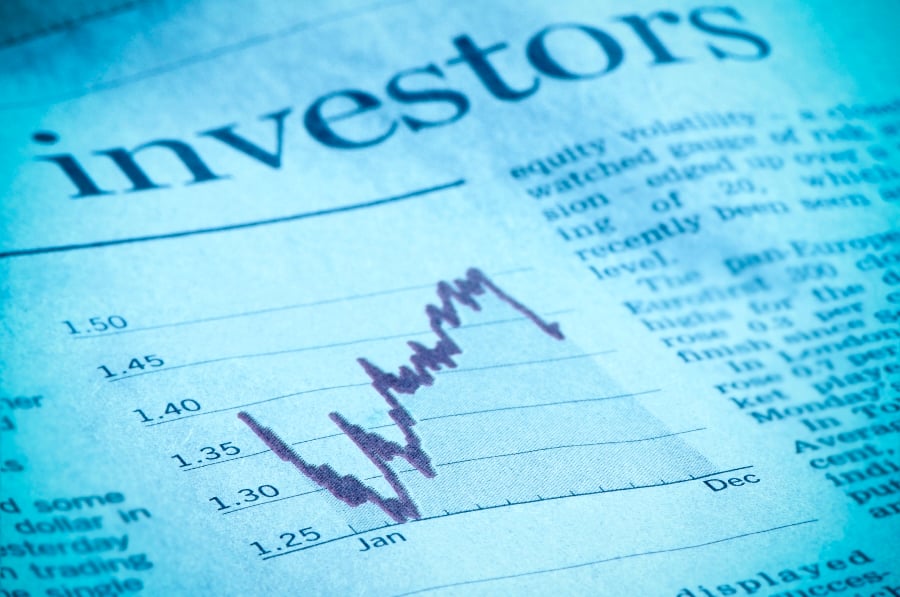A strengthening economy helped propel U.S. markets in 2014, continuing a bull market run that is now among the longest and strongest since the Great Depression. Despite this, today's market environment is fraught with uncertainty. Various macroeconomic factors including the recent U.S. dollar rally, the impact of oil prices on economic growth, divergent global monetary policies and the expectation for a tighter Fed policy, have all contributed to increased investor apprehension about where the markets can go from here.
Many investors have reaped the benefits as the market has reached some of its highest highs and are optimistic this can continue, while others are wary that a potential stock market correction could be on the horizon. Regardless of the specific numbers, investors have historically had a tendency to let anxiety and fear dictate their investment decisions during times of any significant market volatility and, as a result, may have lost more due to their own behavior than anything the markets might have caused.
These knee-jerk reactions underscore the need to adequately prepare for a potential downturn. And solutions that seek to mitigate volatility can be a key tool for helping investors weather market storms.
(Related read: Suppressing volatility? Easy. Eliminating risk? Not so easy)
More importantly, however, is the role of the adviser. It's through an awareness of the array of investment options available to navigate market ups and downs, and an intimate understanding of a client's investment objectives, that advisers are able to blend the right tools to help achieve clients' financial dreams and protect against their fears. The right tools could range from a life insurance policy to an elaborate investment portfolio utilizing a number of asset classes, strategies, and vehicles.
As market volatility continues to surge and new regulations and technologies emerge, low volatility investing will likely continue to gain favor. One approach that is seeing increased interest is smart beta. While many sophisticated institutions and advisers already implement these strategies, they remain relatively new for most individual investors.
Smart beta investing allows investors to capture potential risk premia from classic and innovative factors that have historically led to long-term risk adjusted outperformance. While smart beta strategies seek to deliver excess returns over long time horizons, it is important to note that investment factors such as low-volatility, high beta and momentum can perform differently depending on the market environment. This diversity in returns allows investors to implement tactical ideas to construct well-balanced portfolios.
(More: Going beyond 'smart' beta)
As investors seek tactical allocations into such strategies, ETFs can certainly serve this immediate need given their ability to trade like a stock throughout the day. They also have the added benefits of transparency, lower costs and tax efficiency. Many of these strategies can serve as long-term core or tactical allocations.
Given the rapid adoption and proliferation of smart beta strategies, particularly for low-volatility investing, it's vital that investors understand the expanded tool set now available. This is where advisers play a crucial role. Their knowledge of how factors may perform in different market cycles and contribute to the overall performance of a portfolio is essential in determining the optimal allocation and achieving long-term investment objectives.
John Feyerer is vice president and director of equity ETF product strategy at Invesco PowerShares.







